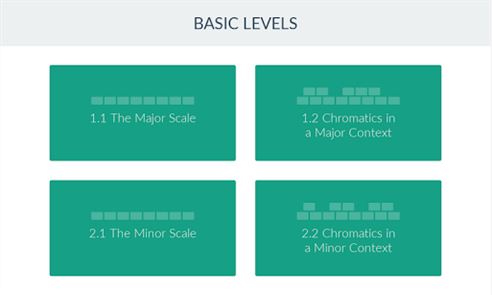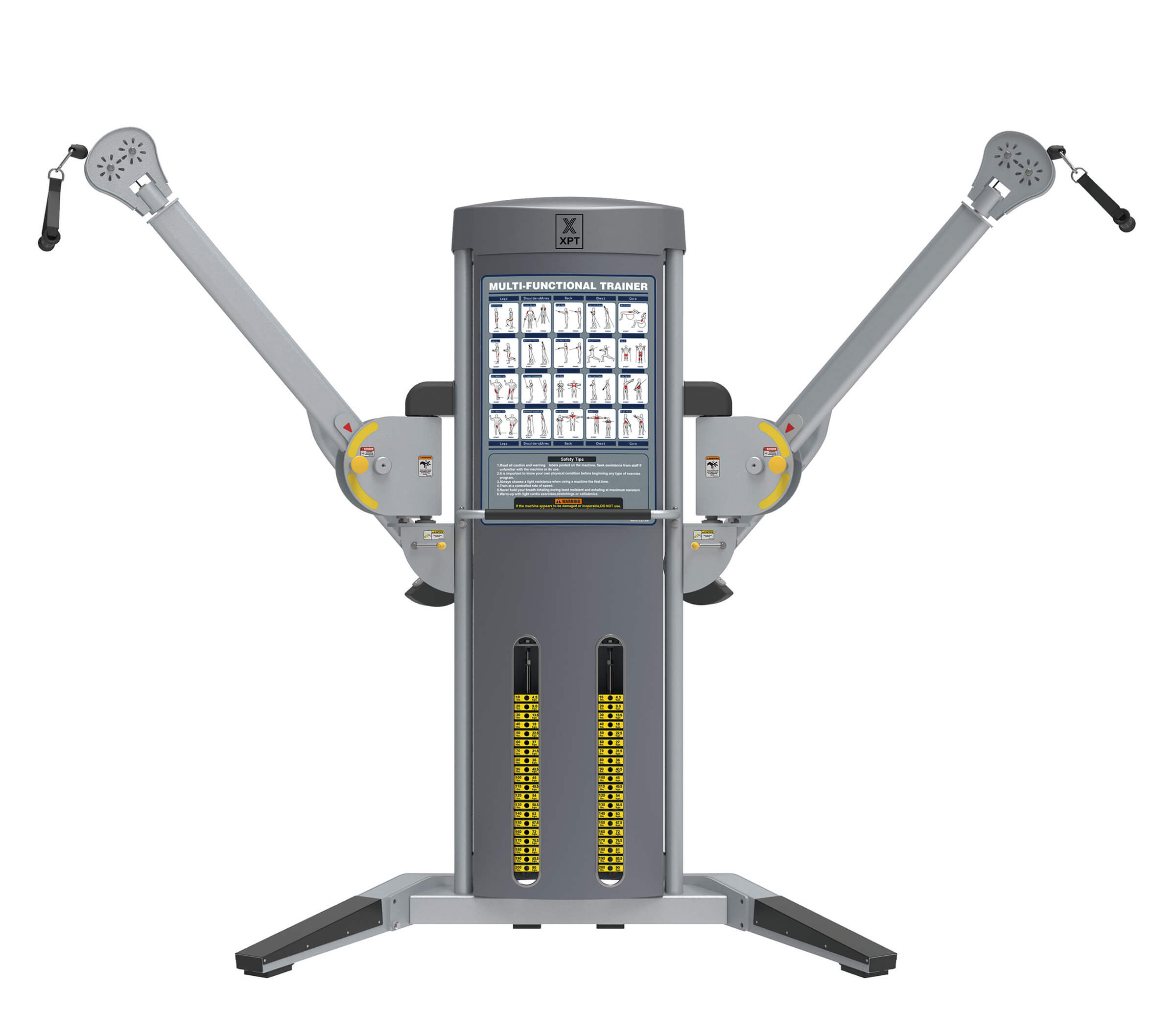


When it comes to ear training, a complete guide for all musicians must include a very different approach than simply practicing intervals in isolation. The takeaway here is: intervals sound different depending on the musical context they are included in, so it doesn’t make sense to practice recognizing or producing them in isolation, as is done in interval ear training. For example, a major third between the first and third notes of the V chord (the chord built on the 5th degree of the major scale) sounds completely different from the major third between the first and third notes of the IV chord (the chord built on the 4th degree of the major scale) . Many musicians who have spent long hours practicing and memorizing intervals become frustrated when they later hear those same intervals inside a harmonic structure and don’t recognize them. For this reason, it is absolutely ineffective. It does not help you develop an understanding of what intervals and pitches sound like within a tonality. The problem with interval-based ear training is that, like perfect pitch, it exists outside of a musical context. For example, learning what a major third, a perfect fourth, an octave, etc. Interval training means learning to recognize and reproduce the intervals (distances) between notes. Unfortunately, however, interval ear training is not an effective method of training your ear. In fact, even the ‘best ear training app for musicians’ teaches this approach.
EAR TRAINER VS FUNCTIONAR EAR TRAINER FREE
Many free online ear training exercises are interval training exercises. One of the most popular and most frequently talked about methods of ear training for musicians is interval training or learning intervals.


 0 kommentar(er)
0 kommentar(er)
